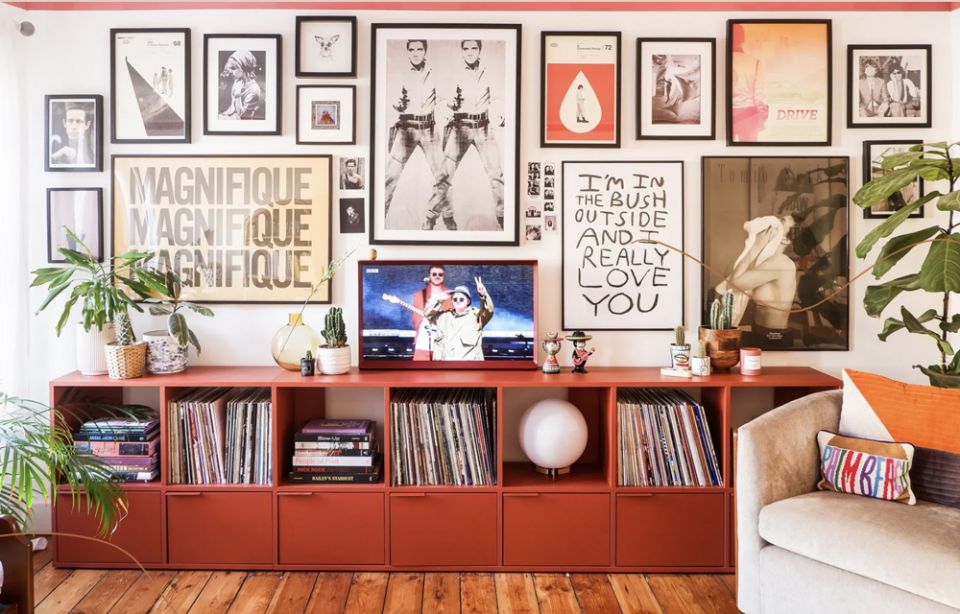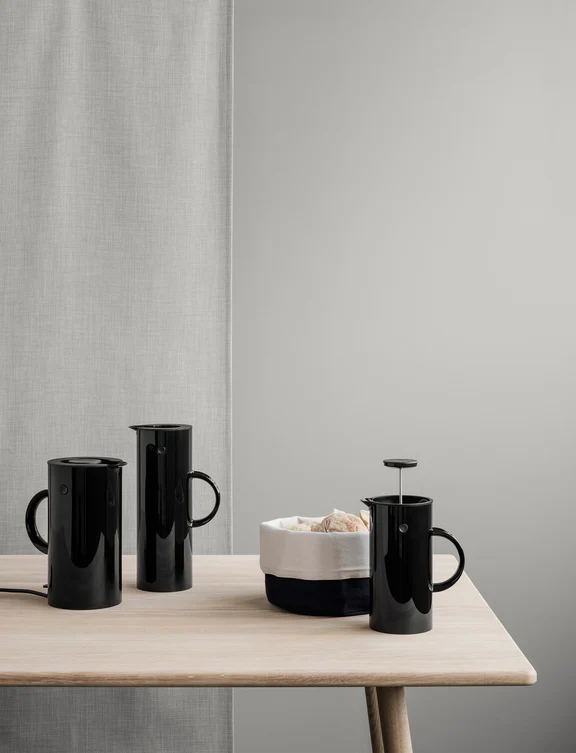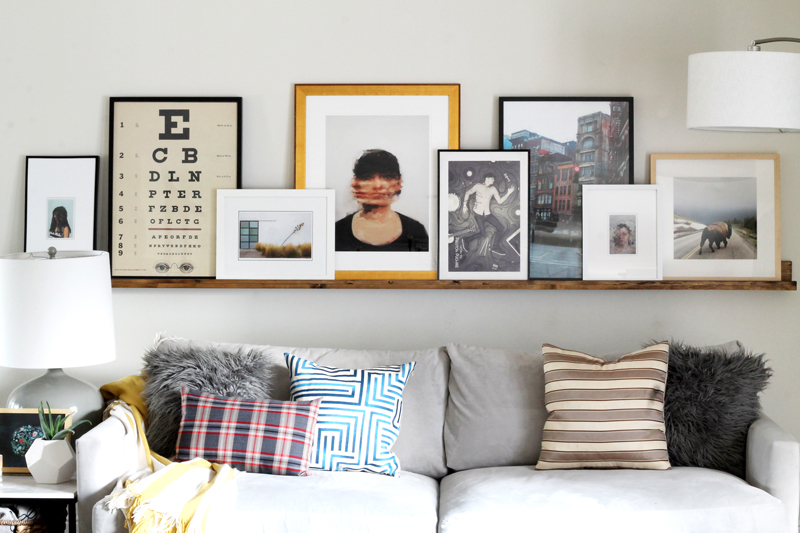Design pots: decorate your home with plants
They are definitely a decorative element that cannot be overlooked if we take interior design seriously.
A home without plants is not a real home. And there are so many benefits... They purify the air; several studies conclude that they help us to concentrate and be more efficient when we live with them; they are the most coherent thing with a home with ecological values Even NASA loves them! But you know that at Monapart we always like to raise the level of the equation and have products that combine design and functionality in a special way.
Bas (@basbarcelona on Instagram) was born from Alicia Bas's passion for ceramics and from the vision of her daughter, Xènia, who knew how to combine to perfection the best of clay craftsmanship with the precision and minimalism of good contemporary design. They state that their main objective is "to make pots worthy of plants", so their philosophy is one of complete domesticity and respect. Pots that are no longer simple containers but cradles where plants feel welcome. In this way, the plant and the pot form a whole that participates in the composition of everyday space, whether in the home or in other areas.
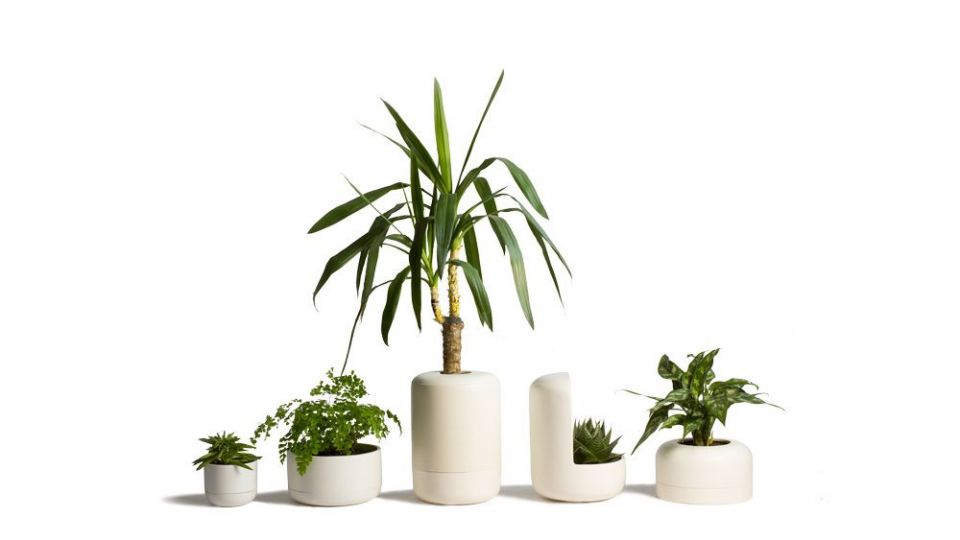
Every space or corner of your home is suitable for some type of plant. Take note of these basic tips to choose and maintain them correctly:
Study and choose the right place
The environmental and lighting conditions of the space are key: does the room enjoy good natural light or is it rather dark? Is it damp or does it feel dry? In general, plants love a good source of natural light and do best in humid environments (except for cacti and other succulent varieties), but all is not lost if your home does not enjoy optimal conditions. Bromeliads, lemon dracenas, potos or some varieties of ferns are good examples of plants that can live in environments with less light than desired.
Talk to your plant, but above all, watch it carefully.
If you have already found a place for it, the next few weeks will be crucial, as they will be used to adapt to the new environment and you will be able to see if the plant likes its new home or if, on the contrary, it starts to resent it. Keep an eye on its leaves: if they are drooping or have some spots, it is time to make an urgent move. Don't be discouraged if this is the case: plants, like people, need time and space, and it is not always easy to get it right the first time.
Don't forget to change pots once you buy them. It is advisable, however, to do so in good weather, as autumn and winter are the periods of low development for them.
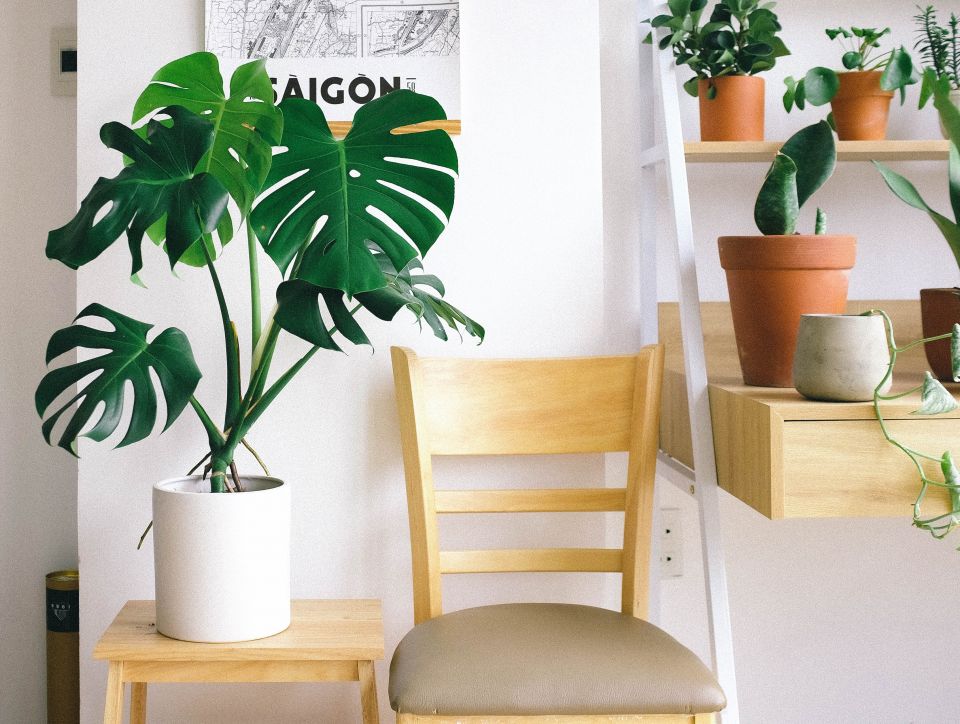
Learn how to water your plants
It has happened to all of us at some time or another: from so much love, we kill it. Learning how to water your houseplants combines a certain amount of experience and common sense, which we will summarise in a few essential points:
- Plants with many leaves need more water. Especially if they are large leaves.
- During the growing and flowering season, they need to be watered a little more than usual.
- The hot summer wind can scorch them. In this case they should be watered a little every day.
- Clay pots are porous, so they lose more water; plastic pots, on the other hand, retain water longer. Depending on your pots, water them more frequently (clay pots) or less frequently (plastic pots).
- When watering your plants, avoid getting the flowers wet. It looks great for photos, but you may be inadvertently damaging them.
- Check that the pot drains well when you water it (that it expels excess water through the holes in the base).
Pots are an essential part of the success (or failure) of a houseplant. In Bas they use the knowledge and techniques of traditional craftsmanship together with the new tools of modern design. But in this process it is also essential to observe different plants: what are their needs, characteristics and conditions. Ceramic is, by nature, the ideal support to achieve a natural symbiosis between the plant and the pot. Soil is the essence and the origin, in both cases.
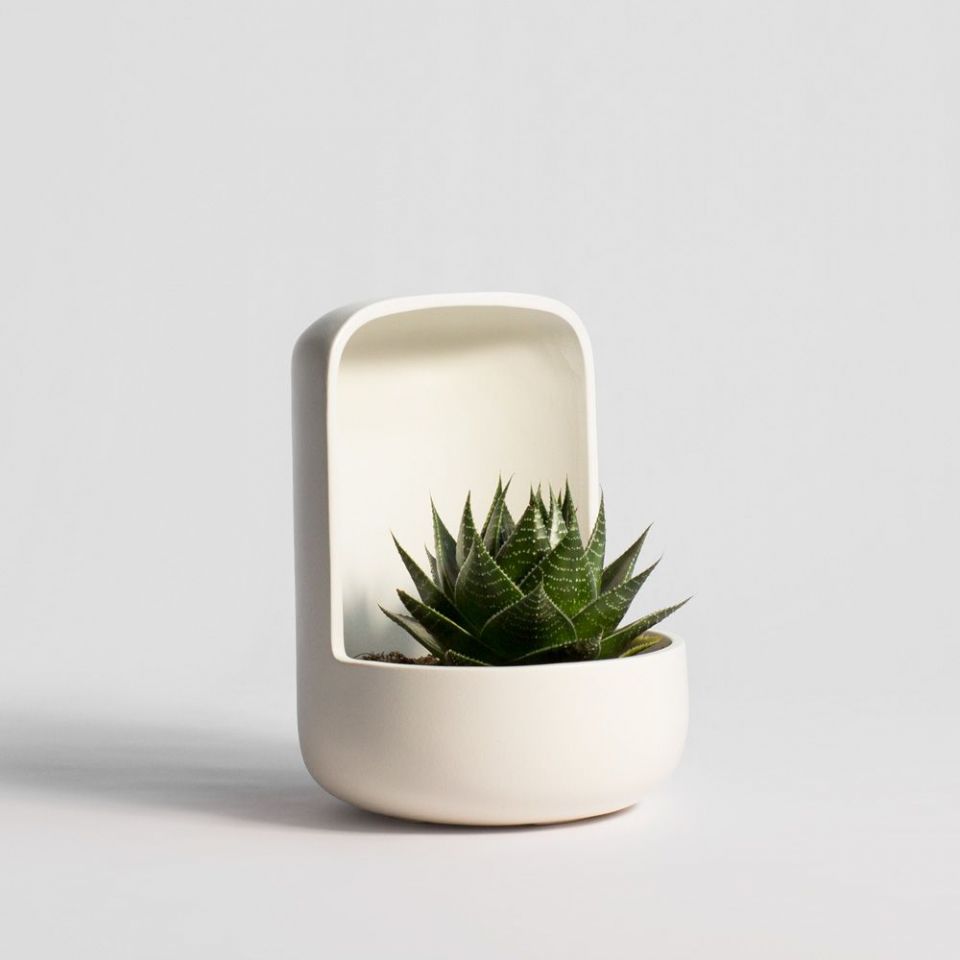
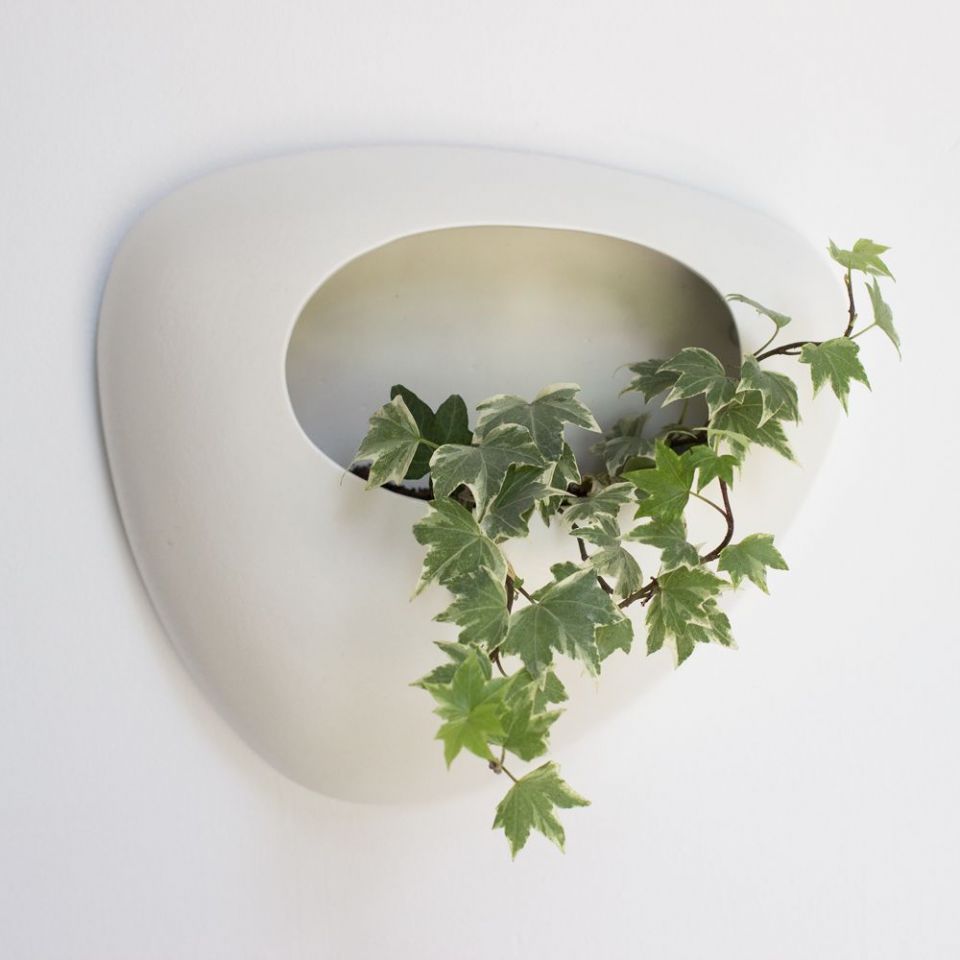
If you like the world of crafts and you would like to try your hand at making your own pots, Xènia Bas has a fantastic online course on how to create your own pots. design of ceramic pots available on Domestika. In it you will learn how to understand and choose the right plants before starting the creation process, where you will end up making your first 4 homemade pots for four different types of plants. And the best part? You don't need any previous experience, let's create!



